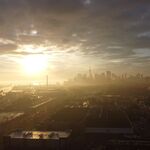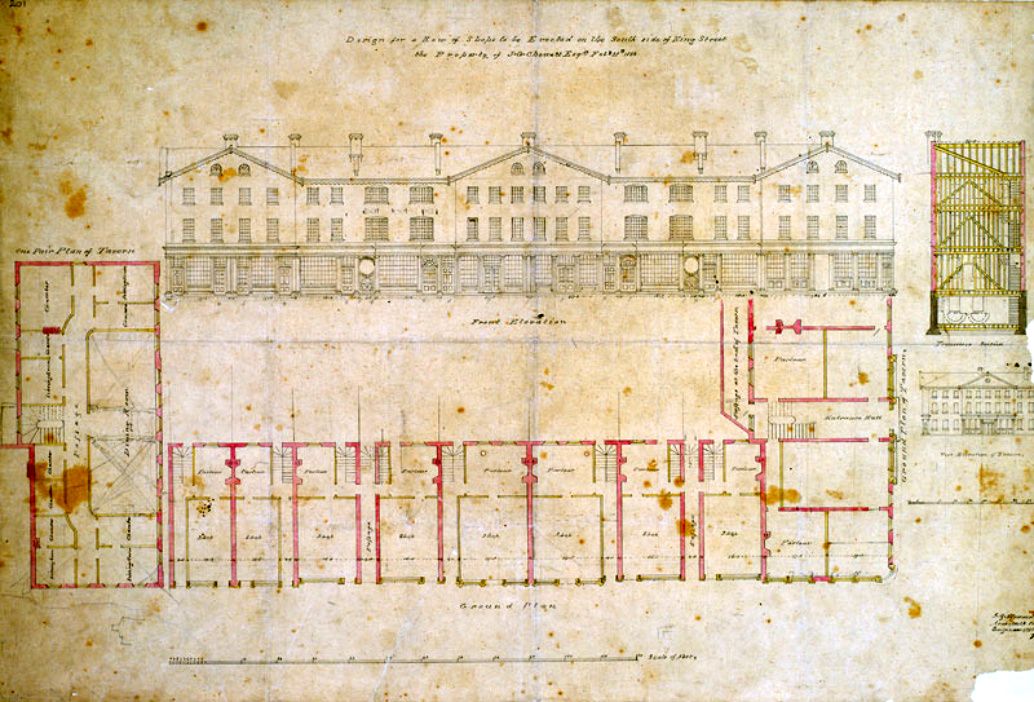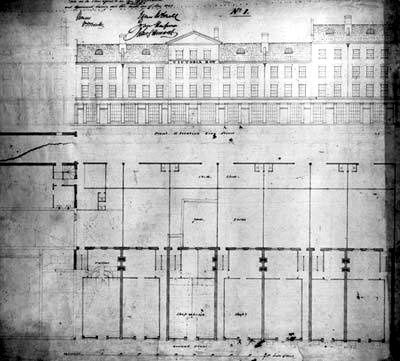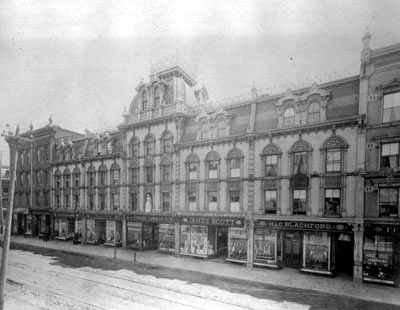k10ery
Senior Member
St. Andrews and the Manning Arcade are the only two pictured above that seem like genuine losses.
The French Second Empire stuff is ambitious but noisy and fairly crude; and Chorley Park is absolutely hideous.
Boy, I agree with that. A lot of the Second Empire and Romanesque Revival stuff in those pictures is pretty brutal. But oh for a few elegant Palladian or Italianate buildings like that old customs house!







